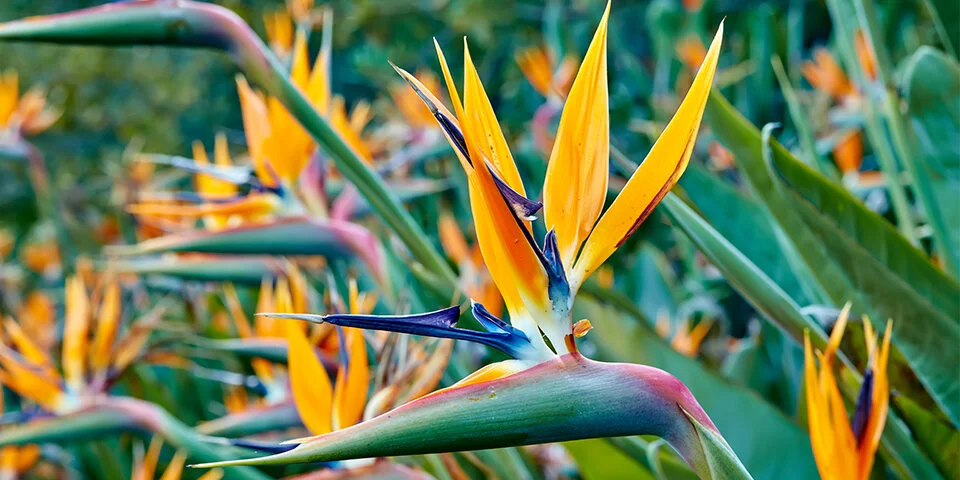When I was in medical school we learned about favism as a cause of haemolytic anaemia in Mediterranean countries. It was only when I went to England in 1960 that I learned that favas, broad beans, were an item of diet in the Anglosphere. We didn't commence eating them until we grew our own a dozen years later. Even now we find that many friends think that 'broad beans' are the same as lima beans. Favas are rarely if ever to be seen in the supermarket and, even in ethnic markets, I suspect you would only find them dried. This is strange because fresh favas are a wonderful gourmet treat, and they are easily grown in the home garden.
'Broad Windsor' is the most readily available variety, but over the years we've tried others such as 'Medes' and 'The Sutton' from Thompson & Morgan, which ceased selling in the USA a few years ago. They offered somewhat smaller plants with a slightly more delicate flavour. We generally make two plantings, one in September or early October and one in January. The beans reach harvest size in late February or early March, and the second planting extends the harvest by a few weeks. Flowers don't appear until the plants reach about three feet in height and don't set fruit until they reach four or five feet. We pinch off the tops when they reach six feet and that seems to encourage fruiting, though it may be more because the weather is favourable by that time. The plants languish as the temperature rises in late May.
Favas are not much troubled by pests and diseases, but you need to be concerned about two enemies. The black bean aphid (Aphis fabae) can be devastating if you let it get out of hand. It first appears on the growing tips of the plants, and if they are pinched off, given a spritz of insecticidal soap or acephate, or even sprayed with a jet of water, the pest won't spread. We've only had serious damage in one of the nearly 50 years we have grown favas. More of a problem is chocolate spot disease, caused by the fungus, Botrytis fabae. There was one season when it ruined our harvest when I made the dual mistakes of planting saved seeds in a bed where we had recently grown favas. Seed can be successfully saved but you should discard any that show evidence of damage by the fungus.
In the last few years, we have grown 'Robin Hood,' a variety developed in England a dozen years ago. It is a small plant, growing to 12 to 18 inches according to the catalogues. In our hands some of the plants will reach three feet or more and should be given support. The flowers set fruit close to the ground and hold the blossoms from mid-January. The result is a very productive plant and a long harvest season. The photo will give you an idea of how productive they are with many harvest-sized pods crowded at the base of the plant and plenty of new blossoms setting more fruit higher up.
The beans are green rather than pearl grey when they first reach harvest size, and they can grow larger before they need "double shelling." Most of the recipes for fresh favas that you see online recommend that you remove the seed coat. When the beans are young there is no need for this and they impart a slight, but very pleasant, bitterness to the taste which is lost when they are removed.

